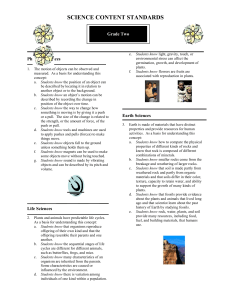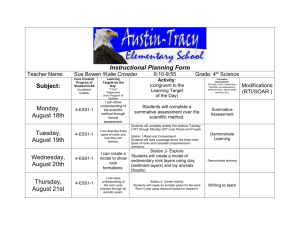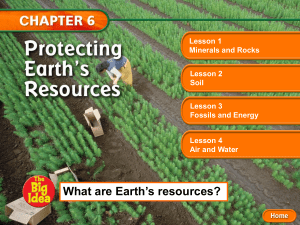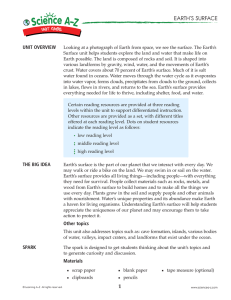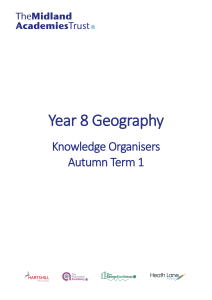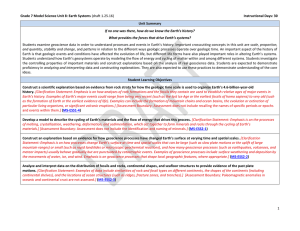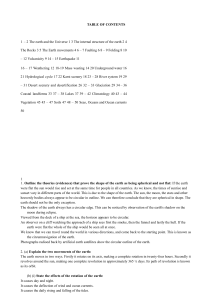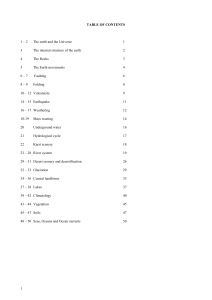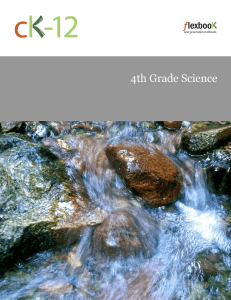Grade Two California Science Standards Physical Sciences
advertisement
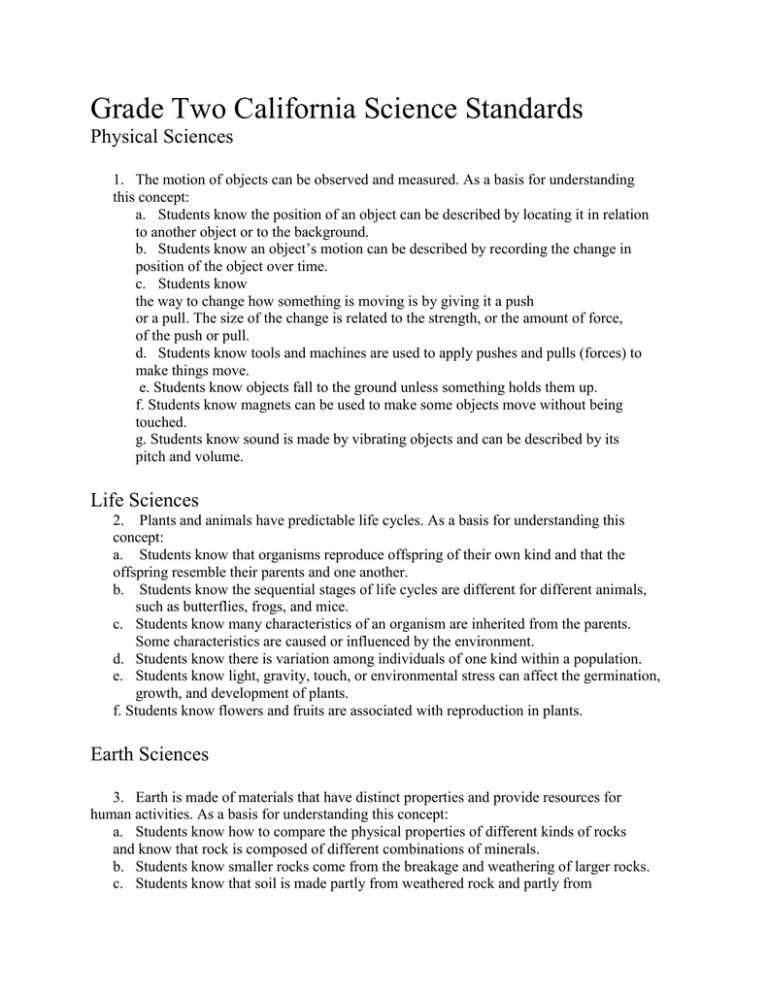
Grade Two California Science Standards Physical Sciences 1. The motion of objects can be observed and measured. As a basis for understanding this concept: a. Students know the position of an object can be described by locating it in relation to another object or to the background. b. Students know an object’s motion can be described by recording the change in position of the object over time. c. Students know the way to change how something is moving is by giving it a push or a pull. The size of the change is related to the strength, or the amount of force, of the push or pull. d. Students know tools and machines are used to apply pushes and pulls (forces) to make things move. e. Students know objects fall to the ground unless something holds them up. f. Students know magnets can be used to make some objects move without being touched. g. Students know sound is made by vibrating objects and can be described by its pitch and volume. Life Sciences 2. Plants and animals have predictable life cycles. As a basis for understanding this concept: a. Students know that organisms reproduce offspring of their own kind and that the offspring resemble their parents and one another. b. Students know the sequential stages of life cycles are different for different animals, such as butterflies, frogs, and mice. c. Students know many characteristics of an organism are inherited from the parents. Some characteristics are caused or influenced by the environment. d. Students know there is variation among individuals of one kind within a population. e. Students know light, gravity, touch, or environmental stress can affect the germination, growth, and development of plants. f. Students know flowers and fruits are associated with reproduction in plants. Earth Sciences 3. Earth is made of materials that have distinct properties and provide resources for human activities. As a basis for understanding this concept: a. Students know how to compare the physical properties of different kinds of rocks and know that rock is composed of different combinations of minerals. b. Students know smaller rocks come from the breakage and weathering of larger rocks. c. Students know that soil is made partly from weathered rock and partly from organic materials and that soils differ in their color, texture, capacity to retain water, and ability to support the growth of many kinds of plants. d. Students know that fossils provide evidence about the plants and animals that lived long ago and that scientists learn about the past history of Earth by studying fossils. e. Students know rock, water, plants, and soil provide many resources, including food, fuel, and building materials, that humans use. Investigation and Experimentation 4. Scientific progress is made by asking meaningful questions and conducting careful investigations. As a basis for understanding this concept and addressing the content in the other three strands, students should develop their own questions and perform investigations. Students will: a. Make predictions based on observed patterns and not random guessing. b. Measure length, weight, temperature, and liquid volume with appropriate tools and express those measurements in standard metric system units.
